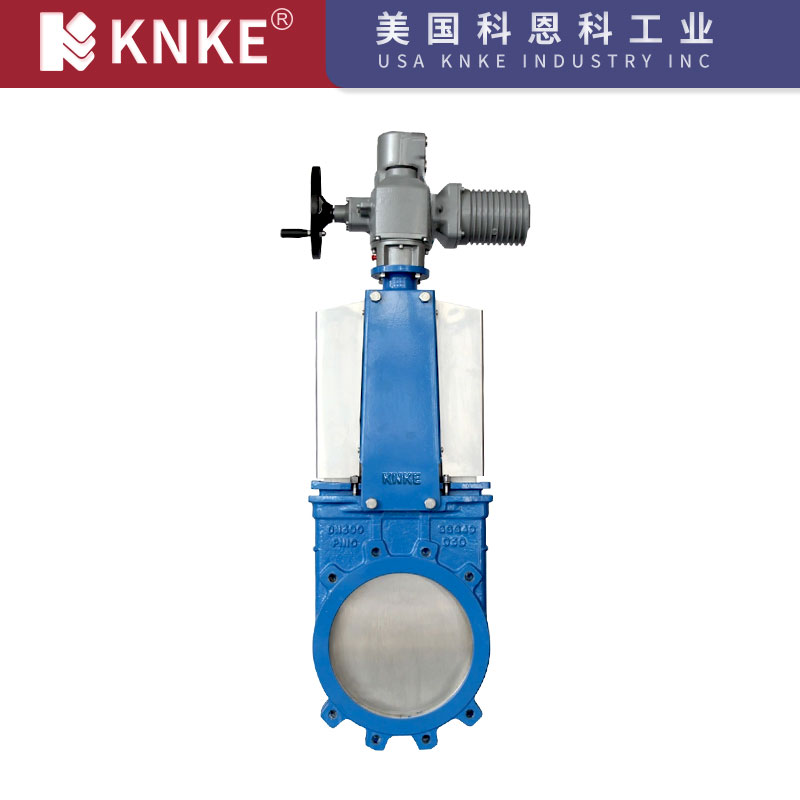Five Common Valve Types and How to Choose the Right One
In industrial automation, building water supply, and energy transmission systems, valves are indispensable components for controlling fluid flow. Selecting the right type of valve not only improves system efficiency but also extends equipment lifespan.
This article provides a comprehensive, expert-level overview of the five most common valve types and their applications to help you make informed selection decisions.
1. Gate Valve

Working Principle:
A gate valve opens and closes by raising or lowering a gate (disc) perpendicular to the direction of the fluid flow. It is a straight-through type valve that allows minimal flow resistance when fully open.
Features and Advantages:
- Low flow resistance and excellent fluid conductivity.
- Tight sealing performance suitable for complete shutoff.
- Simple structure and easy maintenance.
Applications:
Commonly used in petroleum and chemical industries, water distribution networks, and heating systems where full open or full close operation is required.
2. Ball Valve
Working Principle:
A ball valve uses a hollow, perforated sphere as its closing element. By rotating the ball 90 degrees, it controls the flow of the medium.
Key Advantages:
- Quick opening and closing (only 90° rotation needed).
- Excellent sealing performance, suitable for high-pressure environments.
- Very low flow resistance with minimal pressure drop.
Typical Applications:
Ideal for oil and gas pipelines, chemical process control, and residential heating systems where leak-tight performance is essential.
3. Globe Valve
Working Principle:
A globe valve operates by moving the disc (plug) along the valve seat axis. The fluid must change direction during operation, increasing resistance but allowing precise flow control.
Advantages:
- Excellent throttling and flow control capability.
- Suitable for frequent opening and closing operations.
Disadvantages:
- Higher flow resistance and energy consumption.
Applications:
Widely used in steam systems, cooling water circuits, and chemical process pipelines.
4. Butterfly Valve
Working Principle:
A butterfly valve regulates flow by rotating a disc 90° around its axis. It is compact, lightweight, and efficient for large-diameter pipelines.
Key Features:
- Suitable for large pipe diameters.
- Quick operation and simple structure.
- Cost-effective and easy to install or maintain.
Applications:
Commonly used in municipal water supply, HVAC systems, and environmental protection projects such as wastewater treatment.
5. Check Valve
Working Principle:
A check valve opens automatically with the forward flow of fluid and closes when the flow reverses, preventing backflow.
Advantages:
- Fully automatic operation, no manual intervention required.
- Effectively prevents backflow and water hammer phenomena.
Typical Uses:
Installed at pump outlets, water supply systems, and boiler installations to prevent reverse flow of the medium.
Valve Selection Guide: How to Choose the Right Valve
When selecting a valve, consider the following key factors:
- Medium Characteristics: Type of fluid, temperature, pressure, and corrosiveness.
- Control Requirements: Whether flow regulation is needed and the level of sealing performance required.
- Economic Factors: Balance between initial investment and long-term maintenance costs.
- Installation Conditions: Space limitations, ease of operation, and safety requirements.
A scientific and well-informed valve selection can significantly enhance the reliability, safety, and efficiency of any industrial system.
Though small in size, valves are the “gatekeepers” of industrial systems. Understanding the principles and applications of different valve types is essential for effective system design and maintenance.
From the reliable shutoff of gate valves to the superior sealing of ball valves, making the right choice ensures safe, efficient, and sustainable operation across various industries.
